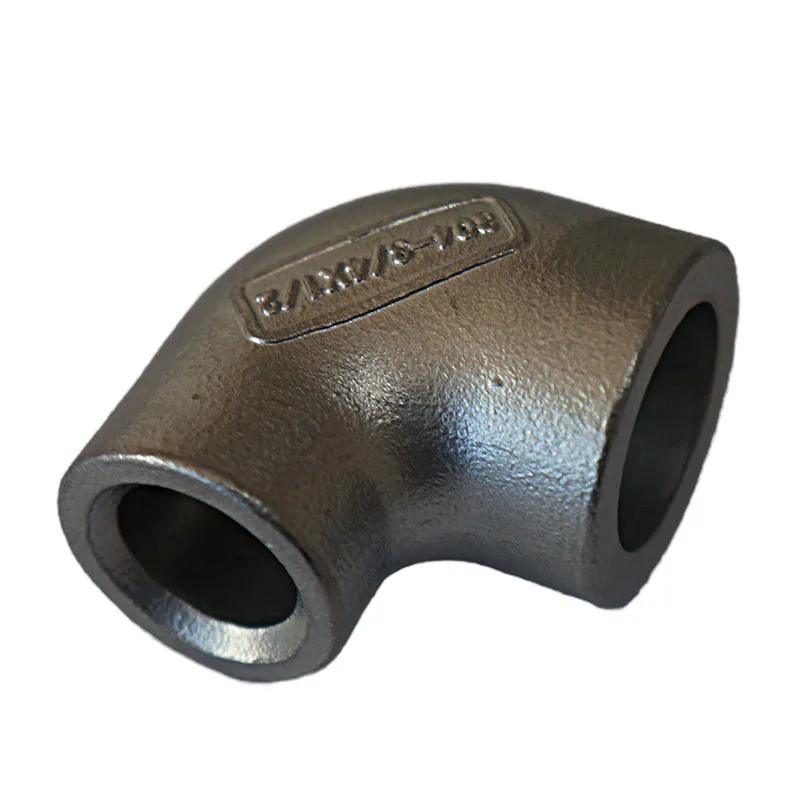engine block sand casting
Understanding Engine Block Sand Casting A Key Process in Automotive Manufacturing
The engine block is the heart of any internal combustion engine, housing essential components such as cylinders, pistons, and crankshafts. The manufacturing process of engine blocks significantly impacts the performance, durability, and overall efficiency of the engine. One of the most commonly used methods for producing engine blocks is sand casting, a technique that has been pivotal in automotive manufacturing for decades.
What is Sand Casting?
Sand casting is a metal casting process characterized by the use of sand as the main molding material. It begins with the creation of a mold, which is formed by compacting a sand mixture around a pattern of the desired engine block shape. This pattern is usually made from metal or plastic, and it is designed to account for the shrinkage that occurs when the metal cools and solidifies.
The sand used in this process is typically a mixture of silica sand, bonding agents, and additives that improve its properties. One of the main advantages of sand casting is its flexibility, as it can produce complex shapes and sizes, making it ideal for manufacturing engine blocks.
The Sand Casting Process
1. Pattern Creation The first step in the sand casting process is to create a pattern of the engine block. This pattern is a replica of the final product and is crucial for forming the mold.
2. Mold Making Once the pattern is created, it is used to make a mold. The sand is mixed with a binding agent, such as clay or resin, and then packed around the pattern to create a mold cavity. After the sand is compacted, the pattern is removed, leaving a hollow cavity that represents the shape of the engine block.
3. Pouring the Metal With the mold ready, molten metal, typically aluminum or iron, is poured into the cavity. The choice of metal depends on the specific requirements of the engine block, including weight, strength, and heat resistance.
engine block sand casting

4. Cooling and Solidification Once the metal is poured, it needs to cool and solidify. The cooling time varies based on the size and thickness of the engine block. Proper cooling is vital as it ensures the integrity and mechanical properties of the finished product.
5. Mold Removal and Finishing After the metal has cooled and hardened, the sand mold is broken away to reveal the raw engine block. This initial casting often requires additional processing, including machining to achieve the necessary tolerances, surface finishing, and any additional treatments such as heat treatment to improve performance.
Advantages of Sand Casting for Engine Blocks
Sand casting offers numerous advantages for the production of engine blocks. One of the most significant benefits is its cost-effectiveness, particularly for low-to-medium volume production. The materials used in sand casting are relatively inexpensive, and the process can be adapted to create a variety of shapes, which reduces the need for custom tooling.
Additionally, sand casting allows for excellent dimensional accuracy and the ability to achieve complex geometries, which are often required in modern engine designs. The process is also scalable; manufacturers can easily adjust the mold size and shape to accommodate different engine models and specifications.
Environmental Considerations
In recent years, there has been growing attention to the environmental impact of manufacturing processes, including sand casting. The industry has made efforts to reduce waste and improve sustainability. Efforts include recycling sand, using more eco-friendly binding agents, and implementing cleaner technologies to minimize emissions during metal melting.
Conclusion
In conclusion, sand casting remains a vital method in the manufacturing of engine blocks, contributing significantly to the automotive industry. Its versatility, cost-effectiveness, and capability to produce complex shapes make it an enduring choice for manufacturers. As technology advances and environmental concerns grow, the sand casting process will continue to evolve, ensuring it remains a relevant and efficient method for producing high-quality engine blocks. By combining traditional techniques with modern advancements, the sand casting process is poised to meet the challenges of the future automotive landscape.
-
Precision Casting AI Solution with GPT-4-Turbo | Optimized QualityNewsAug.02,2025
-
Precision Sheet Metal Stamping Manufacturer | Fast & ReliableNewsAug.01,2025
-
OEM Sand Cast Pump Valve Fittings - Baoding Hairun Machinery And Equipment Trading Co., Ltd.NewsAug.01,2025
-
Custom OEM Impellers | High Efficiency & PrecisionNewsAug.01,2025
-
OEM Sand Cast Pump Valve Fittings - Baoding Hairun Machinery | Customization, Quality AssuranceNewsAug.01,2025
-
OEM Sand Cast Pump Valve Fittings - Baoding Hairun Machinery And Equipment Trading Co., Ltd.NewsAug.01,2025















